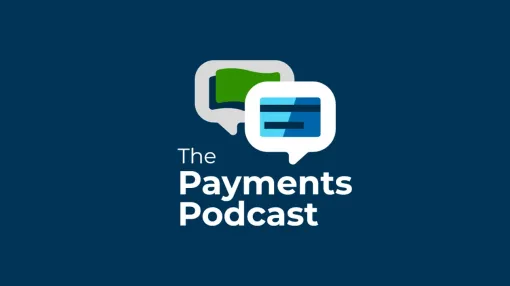I had the pleasure of attending a fantastic education conference recently with the aptly named Alliance by the Higher Education User Group (HEUG). And while the content and the attendees were top notch, I also found that when it comes to paying the bills, colleges and universities are struggling to get good grades. My experience showed me that with the financial pressures mounting on campus, the business of higher education is ripe for a crash course in payments automation.
“Despite payments being a major part of higher education, the school payments experience is rife with issues,” reads a 2022 report from American Express and PYMNTS. “Schools too often rely on legacy payments systems that are simply unequipped to handle modern payments needs. The payments infrastructure is often siloed between different payment operations, with systems handling tuition payments separate from those tracking payments in the dining hall, for example.”
Among the pain points listed in the PYMNTS survey of campus finance leaders: difficulty tracking payments to suppliers (18%), difficulty accessing real-time transaction data (20%), cumbersome payments processes (13%) and systems that are too complicated to manage multiple vendor relationships (23%). Add to these pain points general macroeconomic pressures, slow overall enrollment growth and budget cuts that should arguably go to improving payments processes and systems. Also add to this two of the themes that were consistently sounded at the conference: trouble with paper checks and invoicing. I was surprised at the stubborn use of paper checks, with one major University writing 20 to 25k checks per month. It’s a rough estimate but I’d say the payment mix of all colleges and universities lean heavily on checks. I’d say 70-80% are still paper based. And so are the invoices. I had so many conversations about the manual nature of processing them and regardless of the size of the institution, the evidence for error-prone, manual, labor intensive invoicing is still prevalent.
AP automation software can lighten the load. As higher education navigates this new world of tight budgets, it can be hard to find the firepower to land institutional buy-in to solve for the pain points mentioned. We see many arguments for the AP automation business case, but for your purposes here, let’s get the Cliff Notes version and pick three of the most important elements in a business case:
Vendor enrollment:
The best way to manage multiple vendors is to make sure they’re all in the same network. Customers in higher education report that on average, 50% of their vendors are already in-network when they go live with Bottomline’s business payments network. This translates to a significant number of your payments being automated on the day you go live – and a near immediate reduction in that stack of checks that need to be signed, sealed, and sent. That network – Paymode X - adds around 3,000 new vendors every month.
Rebates:
One of the best ways to counteract budget scrutiny is to show some revenue from a payments network upgrade. That network should offer multiple payment types to give both your institution and your vendors choices. Two of these generate significant rebates: virtual card and Premium ACH.
Optimized workflow:
Automation brings better workflows. Yes, it would be optimal if a higher education payments workflow bypassed paper checks, but we know that at least some manual processes will remain. Instead of writing those checks in-house, an automated system will enable check payments to be sourced in a single upload file exported from your ERP. Workflows also benefit from a single source of all transactions. The network should enable an entire team to see invoices and payments simply by logging in to a secure portal. This means every stakeholder can be on the same page, regardless of whether the work environment is centralized, de-centralized, remote, or hybrid. Vendors get a shared view of data in their own secure portal and can use one login to transact with multiple customers.
I’m going to separate a fourth element to the business case, and that’s fraud detection and defense. Seemingly everyone at the HEUG conference was dealing with fraud at some level. I heard several horror stories about check fraud, some of which ended in the vendor not getting paid. Public universities seemed to be hit hardest as their RFPs are publicly disclosed and the crafty fraudsters are impersonating vendors. Managing AP manually is a huge fraud risk and higher education has been hit with all kinds of payments and insider fraud. For example, The average data breach in the higher education and training sector cost $3.7 million in 2023, according to a report from IBM. The higher education sector had the 11th highest data breach costs out of 17 sectors IBM tracked.
Fraudsters thrive amid minimal visibility into the payments and the process. Manual processes make it difficult to validate that suppliers are who they say they are, and to prevent bad actors from gaining access to sensitive payment data, such as through business email compromise (BEC). A good business payments network will maintain 100% visibility into every invoice and payment – with online audit trails showing who did what, when and how. It can replace fraud-prone paper checks with fully traceable and secure digital payment methods like virtual card. It automatically identifies potentially fraudulent invoices through risk scoring, custom business rules, and supervised machine learning. Every invoice also has a full online audit trail that shows every activity, status update, and user comment. And finally, it gets an assist from AI and ML to help detect/prevent fraud and stay ahead of emerging threats.
My experience so far shows that finance and AP leaders in higher education are finding that automation delivers more than just efficient invoice and payment processing. Their institutions are protecting against fraud and scaling their payments network to achieve better workflows and better vendor relationships.


